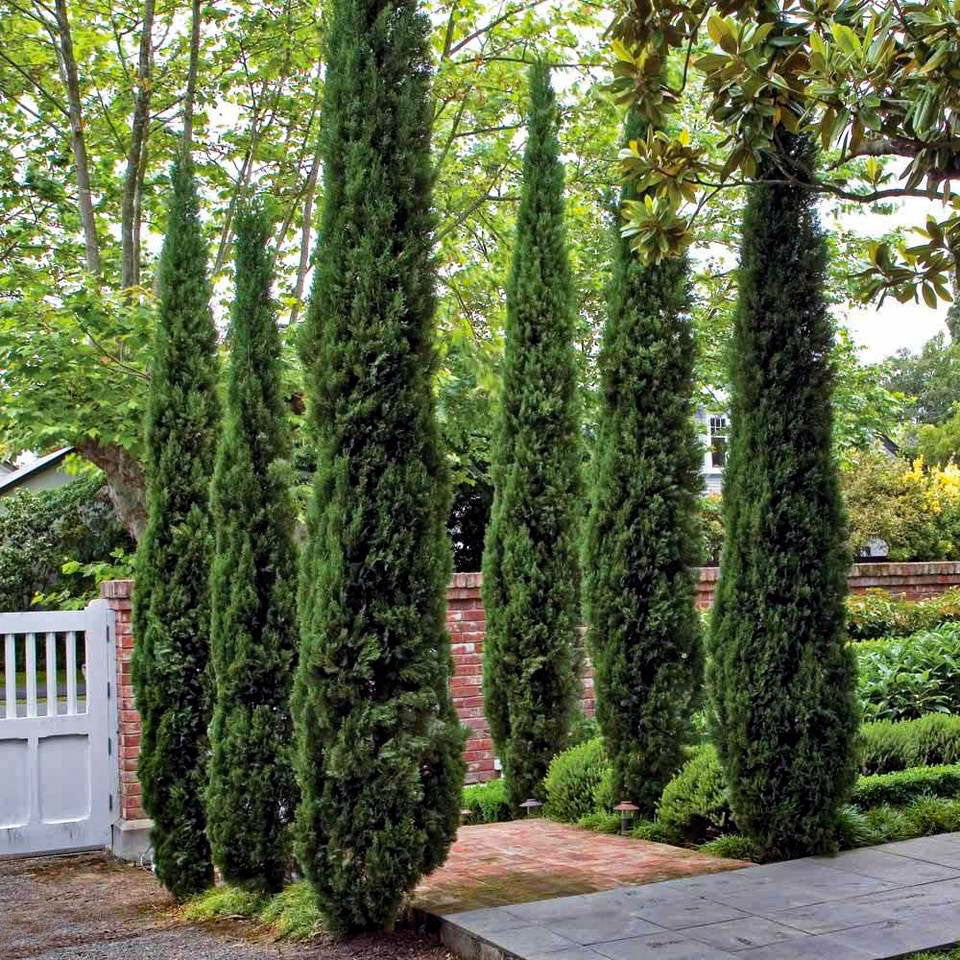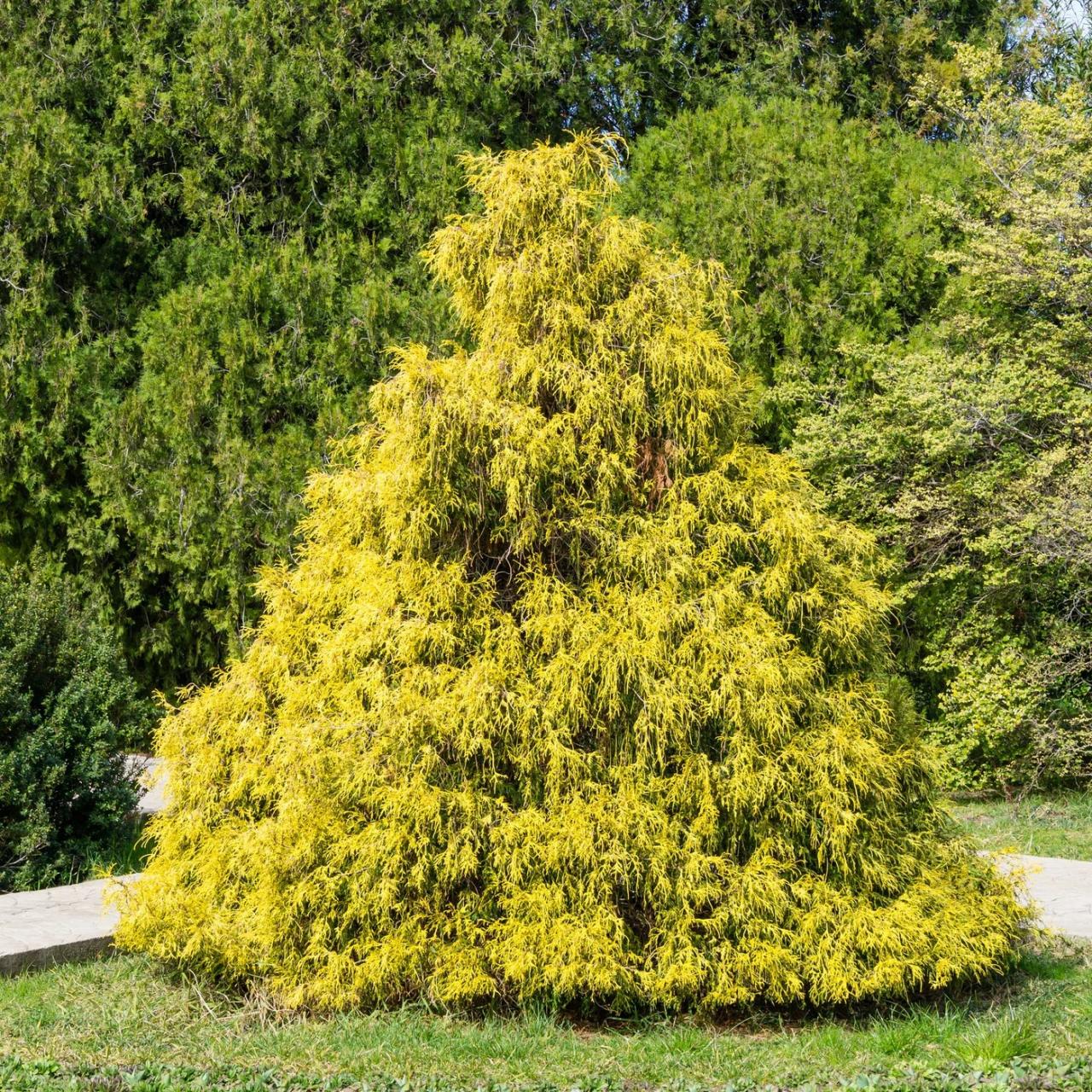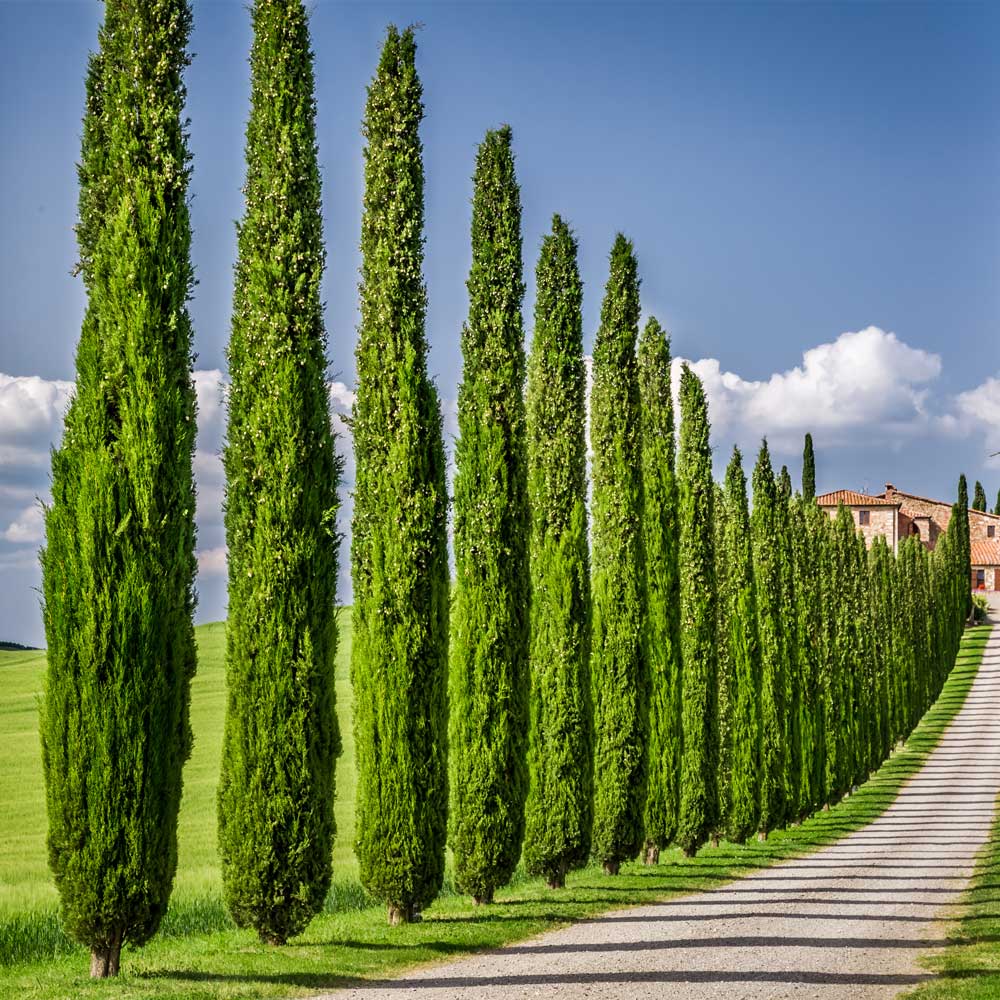Churchyard tree in romeo and juliet – In Shakespeare’s tragic masterpiece, Romeo and Juliet, the churchyard tree stands as a haunting and enigmatic symbol, entwined with the play’s central themes of life, death, and the inescapable forces of fate. Set within the isolated and atmospheric confines of the churchyard, this tree becomes a silent witness to the lovers’ secret meetings, forbidden love, and ultimate tragedy.
As the play unfolds, the churchyard tree emerges as a physical and symbolic representation of the characters’ inner turmoil and the inevitability of their doom. Its gnarled branches and decaying leaves mirror the decay and mortality that permeate the play, while its proximity to the Capulet tomb foreshadows the tragic events that await Romeo and Juliet.
Literary Symbolism

The churchyard tree in Romeo and Juliet holds profound symbolic significance throughout the play. It serves as a haunting reminder of the themes of life, death, and the inevitability of fate that permeate the story.The tree’s presence in the churchyard, a place associated with both life and death, reflects the cyclical nature of existence.
Its roots delve into the earth, symbolizing the interconnectedness of all living beings, while its branches reach towards the sky, suggesting the eternal nature of the soul. The tree witnesses the birth, love, and tragic demise of Romeo and Juliet, embodying the transience of human life.
Tree’s Association with Romeo and Juliet
The tree becomes an emblem of the star-crossed lovers’ forbidden passion. Romeo and Juliet meet beneath its canopy, finding solace and sanctuary in its embrace. The tree’s blossoming fruit becomes a symbol of their blossoming love, while its gnarled bark hints at the obstacles that lie ahead.
Ultimately, the tree serves as a silent witness to their tragic deaths, its presence a poignant reminder of their ill-fated romance.
Dramatic Setting

The churchyard in Romeo and Julietis a place of darkness, isolation, and death. It is a fitting setting for the play’s tragic events, as it foreshadows the doom that awaits the young lovers.
The churchyard is located outside the city walls, away from the hustle and bustle of everyday life. This isolation creates a sense of foreboding and makes the churchyard a place where anything can happen.
The darkness of the churchyard is also significant. It is a place where secrets can be kept and where people can escape from the prying eyes of society. This darkness provides a sense of anonymity and freedom, which is essential for Romeo and Juliet’s secret love affair.
The Tree
The tree in the churchyard is a central symbol of the play. It is a place where Romeo and Juliet meet secretly, and it is also the place where Romeo kills Tybalt. The tree is a reminder of the lovers’ tragic fate, and it is a symbol of the violence and death that surrounds them.
Visual Imagery: Churchyard Tree In Romeo And Juliet

The churchyard tree in Romeo and Julietserves as a powerful visual symbol, adding depth and richness to the play’s dramatic setting. Its gnarled branches, ancient roots, and somber presence create a vivid backdrop for the tragic events that unfold within its shadows.
The tree’s gnarled branches and twisted trunk evoke a sense of age and decay, mirroring the crumbling social order of Verona. Its deep roots symbolize the enduring power of love, even in the face of adversity. The tree’s somber presence casts a pall over the churchyard, hinting at the impending tragedy that awaits the star-crossed lovers.
The Tree as a Backdrop for Key Scenes
The churchyard tree plays a pivotal role in several key scenes of the play. It serves as the backdrop for the famous balcony scene, where Romeo and Juliet first declare their love. The tree’s presence creates a sense of intimacy and seclusion, fostering the blossoming romance between the young lovers.
In the final act, the tree witnesses the tragic duel between Romeo and Tybalt. The tree’s gnarled branches and twisted trunk become a haunting reminder of the violence and bloodshed that has plagued Verona. The tree’s presence underscores the futility of the feud and the tragic consequences of hatred and intolerance.
Literary Techniques

Shakespeare employs a range of literary devices to imbue the churchyard tree with its profound symbolism and significance. Metaphors, similes, and personification endow the tree with human-like qualities, rendering it an active participant in the play’s tragic events.
Metaphors
The tree is metaphorically likened to a “monument” and a “tomb,” evoking its role as a witness to the play’s tragic love story and the transience of life. The description of the tree as “ancient” and “gnarled” suggests its longevity and the passage of time, hinting at the cyclical nature of life and death.
Similes
Shakespeare employs similes to draw parallels between the tree and human emotions. The tree is compared to a “lover’s” heart, its leaves resembling “sighs” that “sway” in the wind. These similes personify the tree, endowing it with the capacity to feel and express emotions, thus deepening its connection to the play’s themes of love and loss.
Personification, Churchyard tree in romeo and juliet
The churchyard tree is personified as a sentient being, capable of witnessing and influencing the events of the play. It is described as “dropping” dew upon Romeo’s grave, an act that suggests compassion and a shared grief. The tree’s presence throughout the play contributes to its overall structure and thematic unity, serving as a constant reminder of the inevitability of death and the ephemeral nature of human existence.
FAQ Explained
What is the significance of the churchyard tree in Romeo and Juliet?
The churchyard tree is a powerful symbol of life, death, and the inevitability of fate. It represents the decay and mortality that permeate the play, and its proximity to the Capulet tomb foreshadows the tragic events that await Romeo and Juliet.
How does the churchyard tree contribute to the play’s setting?
The churchyard tree is set within the isolated and atmospheric confines of the churchyard, which contributes to the play’s tragic atmosphere. The tree’s gnarled branches and decaying leaves mirror the decay and mortality that permeate the play.
What is the role of the churchyard tree in the character interactions between Romeo and Juliet?
The churchyard tree provides a private and intimate space for Romeo and Juliet’s secret meetings. It becomes a symbol of their forbidden love and ultimate tragedy.